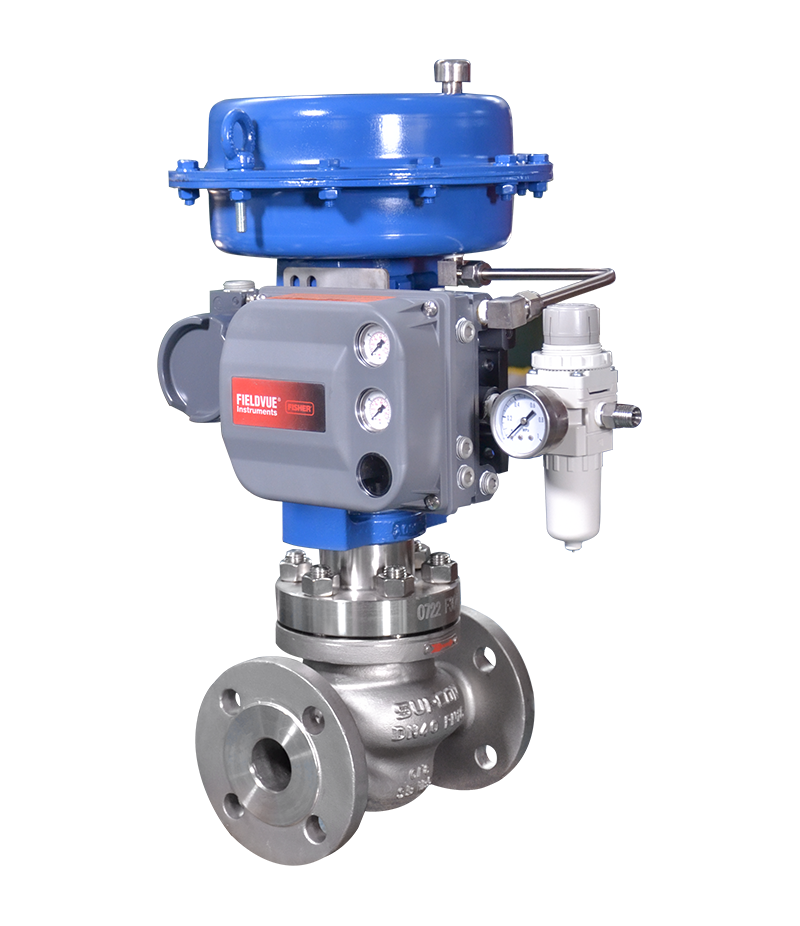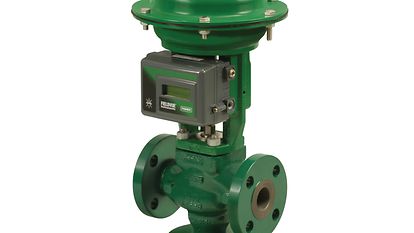Optimizing System Control with High-Performance Control Valves
Optimizing System Control with High-Performance Control Valves
Blog Article

Maximize Energy Savings and Convenience With Advanced Structure Automation Controls
In the realm of modern design and facility management, the assimilation of sophisticated structure automation regulates stands as a critical improvement. The convergence of innovation and sustainability has birthed a new era where power efficiency, convenience optimization, and functional streamlining are no more possible facts yet far-off aspirations. By harnessing the power of automation, structures can adapt, react, and develop in manner ins which were as soon as inconceivable. The potential for considerable energy cost savings and enhanced convenience is not just a promise yet a possibility waiting to be satisfied. This paradigm shift in structure management holds the vital to unlocking a world where ecological conscientiousness and resident health harmoniously exist together within the walls of our frameworks.
Energy Effectiveness Benefits
Power performance advantages can dramatically lower power usage and operational costs in buildings. Energy-efficient systems, such as advanced structure automation controls, can maximize the usage of resources like heating, lighting, and air conditioning, leading to lower energy expenses over time.
Moreover, boosted power effectiveness can prolong the life-span of structure equipment and systems. By operating a lot more successfully, HVAC systems, light, and other building elements experience less damage, leading to reduced upkeep and replacement expenses. Additionally, energy-efficient structures typically command greater property worths and rental rates, giving long-lasting economic benefits to proprietors.
Additionally, power effectiveness can boost passenger convenience and efficiency. Effectively controlled indoor settings with optimal lights and thermal conditions produce an even more enjoyable and helpful workspace, causing improved employee contentment and performance. Generally, the power efficiency benefits linked with advanced building automation controls are diverse, incorporating cost savings, ecological stewardship, and owner well-being.
Improved Comfort Control
Enhancing convenience control in structure environments needs an innovative combination of advanced automation systems for ideal occupant wellness. By utilizing sophisticated structure automation controls, facilities can tailor the interior setting to fulfill the particular requirements and choices of owners. These systems enable accurate guideline of temperature, air flow, and illumination, developing a effective and comfy atmosphere. Resident satisfaction and performance are closely linked to thermal convenience, making it vital to have systems in area that can adjust to altering problems in real-time.
Boosted comfort control goes beyond standard temperature level modifications. It includes features such as tailored setups, occupancy sensing units, and natural light use to produce a receptive and dynamic atmosphere. By including these advanced controls, buildings can not only boost comfort yet additionally improve power efficiency by enhancing system operations based upon real tenancy and use patterns. Inevitably, focusing on resident convenience with innovative automation systems brings about a more delightful and much healthier indoor environment.
Operational Effectiveness Improvements

In addition, the execution of real-time monitoring and analytics devices enables building drivers to identify energy inadequacies and operational anomalies without delay. By constantly monitoring power use patterns and system performance metrics, changes can be made in real-time to enhance power consumption and make sure peak operational effectiveness. control valves. In addition, integrating demand response techniques into structure automation controls can further enhance functional performance by dynamically adjusting energy usage based on grid conditions and prices signals
Indoor Environment Optimization
Reliable indoor climate optimization is an essential element of structure automation controls, making certain occupants' comfort and wellness while taking full advantage of power savings. By utilizing advanced sensors and controls, constructing automation systems can continuously keep track of and change temperature, humidity levels, air quality, and ventilation to develop an optimum interior setting. Keeping comfy and regular problems not only enhances resident contentment yet additionally boosts productivity and overall well-being.
Indoor environment optimization also plays an essential function in power efficiency. By fine-tuning ventilation, cooling, and home heating systems based on real-time data and tenancy patterns, developing automation controls can substantially decrease power intake - control valves. Applying methods such as demand-controlled ventilation and thermal zoning can assist reduce power waste while guaranteeing that each location of the building receives the needed conditioning.

Sustainable Atmosphere Development
Building automation manages not just maximize indoor climate conditions for energy efficiency and passenger comfort but also lay the foundation for creating a sustainable environment through strategic monitoring of sources and systems. By incorporating sophisticated building automation technologies, such as sensing units, actuators, and intelligent software, centers can adjust and check power usage in real-time to decrease waste and lower their carbon footprint. These systems enable anticipating maintenance, identifying possible problems before they rise and optimizing tools efficiency to enhance longevity and effectiveness.
Furthermore, sustainable atmosphere development expands past energy management to incorporate water conservation, waste decrease, and indoor air quality enhancement. Building automation controls can control water usage, identify leaks, and ensure appropriate waste disposal methods, adding to general sustainability initiatives. Additionally, by checking and controlling air flow and purification systems, these visit this site innovations boost occupant wellness and productivity while reducing power intake connected with cooling and heating operations.
Final Thought
Finally, advanced structure automation controls offer substantial benefits in terms of power financial savings, comfort control, functional efficiency, interior environment optimization, and creating a lasting environment. By applying these controls, buildings can accomplish ideal efficiency while minimizing energy usage and improving passenger comfort. It appears that making use of sophisticated automation modern technology is vital in boosting building efficiency and developing a more sustainable future.
Energy efficiency advantages can considerably lower power usage and functional costs in structures. On the whole, the energy performance benefits connected with advanced structure automation controls are diverse, including expense financial savings, environmental stewardship, and occupant well-being.
Furthermore, integrating demand response strategies right into building automation controls can further boost functional effectiveness by dynamically changing energy use based on grid problems and prices signals.
Structure automation regulates not just optimize interior climate conditions for power effectiveness and occupant convenience however also lay the structure for creating a lasting atmosphere through critical administration of resources and systems.In verdict, advanced structure automation manages offer substantial advantages in terms of energy cost savings, comfort control, functional effectiveness, indoor climate optimization, and developing a lasting setting.
Report this page